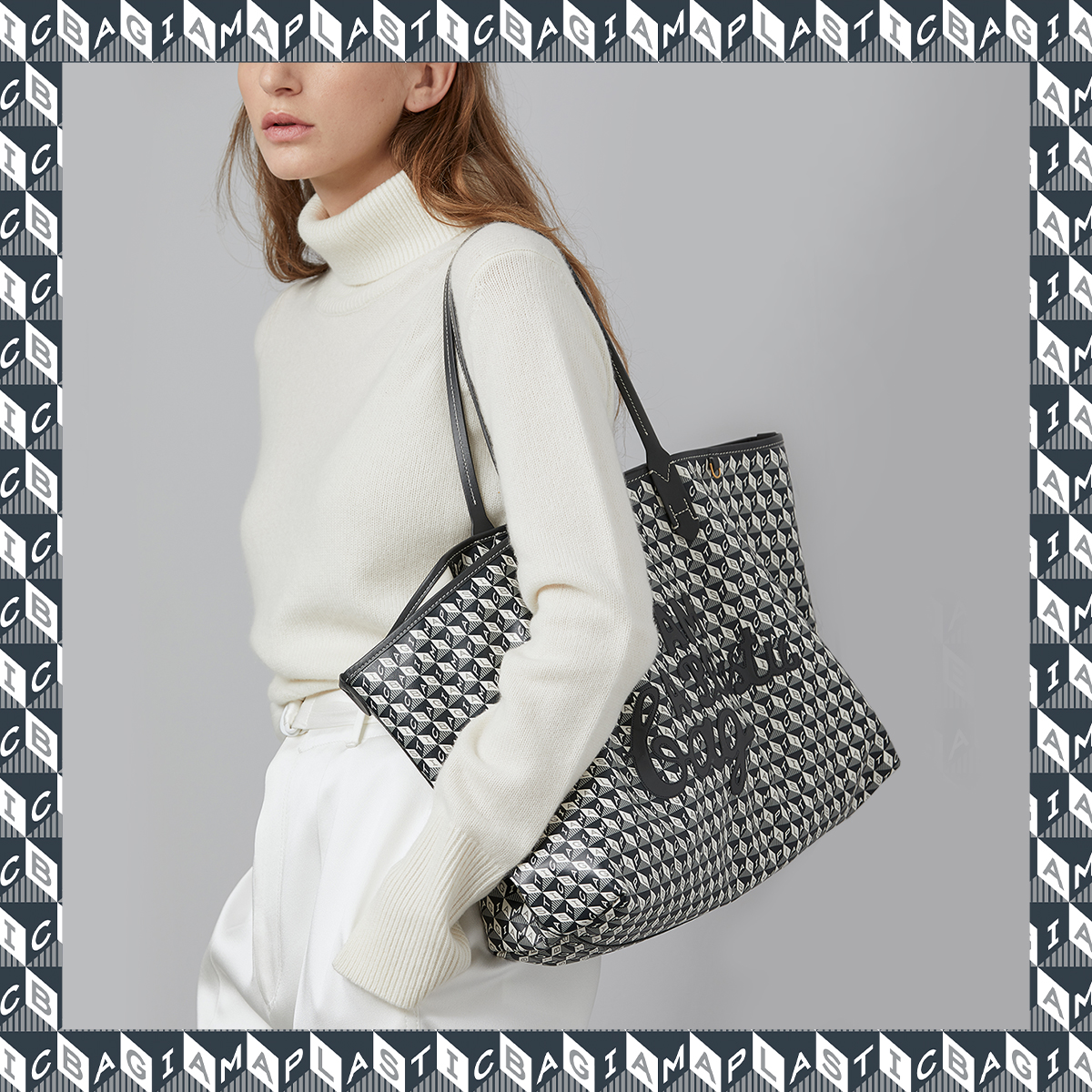October 08, 2021 at 06:00AM
Dark under-eye circles are one of our most frustrating skin concerns—not only because they make us look like a long-lost member of the Cullen family, but because, try as we might, they can feel downright impossible to improve or vanish all together. The reason? Dark circles (and whatever it is that’s causing them) are unique to us as individuals. While my shadowy under-eyes might be due to genetics or allergies, another person could have a lack of sleep, too many margaritas, or even something as basic as bone structure to blame. Since cause, of course, has major dictation over your treatment plan, we contacted two of Los Angeles’s most-wanted skin pros—Vanessa Lee, RN, and founder of The Things We Do, and Kerry Benjamin, esthetician, and founder of StackedSkincare, for all of their expert insight on the topic.

As we mentioned above, dark circles can occur for a variety of reasons, but according to Benjamin and Lee, there’s a specific list of potential causes you should definitely be aware of.
“Usually, a red or purple hue to the under eyes indicates irritated or broken blood vessels under the skin, and since the under-eye skin is thinner and more delicate, this can show up as dark circles,” explains Lee. Additionally, she tells us dark circles are often genetic and are especially common in people with olive, yellow, and brown undertones. “Lastly, when someone is dehydrated, not eating well, and under stress, dark circles can appear,” she adds.
ADVERTISEMENT
ADVERTISEMENTKate Spade Autumn/Winter Sale |
Allergies and congestion: When you are stuffed up, the blood vessels around your eyes dilate, which in turn, causes the area around your eyes to darken.
Sleep deprivation: Not getting enough sleep can elevate inflammation levels within the body, which makes it harder for constricted blood vessels to drain the blood from under your eyes.
Too much sleep: Yep, it’s true! As Benjamin explains, if you’re lying down for too long, blood can pool underneath the eyes and show up as dark circles.
Too much salt: Loading up on salt causes fluid retention all over the body and can increase bruise-like shadows and puffiness under the eyes.
Crying: Adding insult to injury, shedding tears increases inflammation around the eyes, which can lead to dark circles.
Age: Benjamin explains that as we age, the skin around the eyes thins, making the blood under the skin more visible.
Hyperpigmentation: If your undereye darkness is brown and doesn’t change in color, it could be hyperpigmentation linked to genetics, sun exposure, or trauma to the eye area.
Bone structure: A hollow bone structure can contribute to the appearance of dark circles, but luckily, there are plenty of things you can do to help correct the look of under-eye shadows and darkness.


“Dark circles can definitely be improved,” confirmes Lee. “I see patients who are concerned about their dark circles all of the time in my office, and because there are so many different causes, our beauty plan can consist of a few different steps. Usually, we’ll start with an in-office treatment to induce new collagen in the skin, thus creating a brighter matrix of tissue and reducing dark circles.” Additionally, she explains that it is essential to incorporate a high-quality under-eye product into your skincare routine and to try to load up on as much beauty sleep as possible, along with staying on top of your nutrition.
“Essentially, the patient needs to be involved,” says Lee. “We can do treatments for someone, but they need to stick to certain habits that will help strengthen and improve the under-eye tissue in the long run, as well.”
ADVERTISEMENT
ADVERTISEMENTSports Direct Free Delivery on All Orders! |












ADVERTISEMENT

ADVERTISEMENT
Anya Hindmarch - I AM A PLASTIC BAG

Both Lee and Benjamin say in-office microneedling facials (which utilise growth factors and platelet-rich plasma—PRP—from your own blood) are one of the best in-office solutions to help combat the look of stubborn dark circles.
"We can now turn the growth factors in your blood into a fibrin gel that hyper-signals your tissues to renew and brighten,” explains Lee. “In-office, we place this thin gel under the skin for deeper skin support and microneedle it on the outer surface of the skin for superficial skin support. This treatment excludes the possibility of burning darker skin and is also safe for pregnant and nursing women.”

“Fillers have been used to plump the undereye area and work temporarily to correct the look of dark circles,” Benjamin adds. “The most common ones on the market are Juvederm and Restylane.”
Of course, as Lee mentioned before, anything you’re spending your money on in-office won’t be too beneficial (at least long-term) if you aren’t taking the steps to correct any lifestyle habits that are maybe worsening or aggravating dark circles. To reap maximum benefit from your at-home and in-office treatments, Leen and Benjamin recommend doing your best to avoid rubbing your eyes, sleep deprivation, poor diet, and smoking, polluted areas, and overdoing it on sugar or alcohol. Lee’s rule of thumb? “Hands off, eat well, sleep well, and be kind to yourself!”
Up Next: The Holy-Grail Product My 73-Year-Old Mum Uses to Make Her Look 20 Years Younger.
Author Erin Jahns | Whowhatwear
Selected by CWC
ADVERTISEMENT
ADVERTISEMENTUp to 30% off Gift Sets |






